At A Glance
- In the 1980s, Teo invented paperdyesculp, a medium that involves shaping dyed papier-mâché and other materials into sculptural artworks.
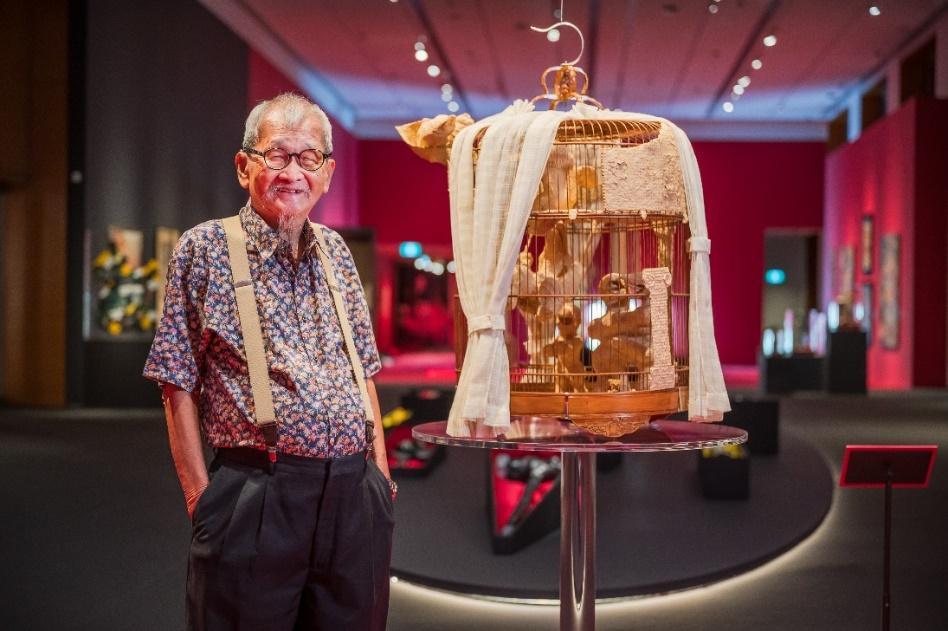
Revisit local and global events from the mid-20th century to the present through the ironic and sometimes tragicomic lens of veteran artist Teo Eng Seng at National Gallery Singapore’s latest exhibition. As part of its ongoing SG Artist series, National Gallery Singapore presents Teo Eng Seng: We’re Happy. Are You Happy?, the most extensive and comprehensive survey of this trailblazing multidisciplinary innovator to date.
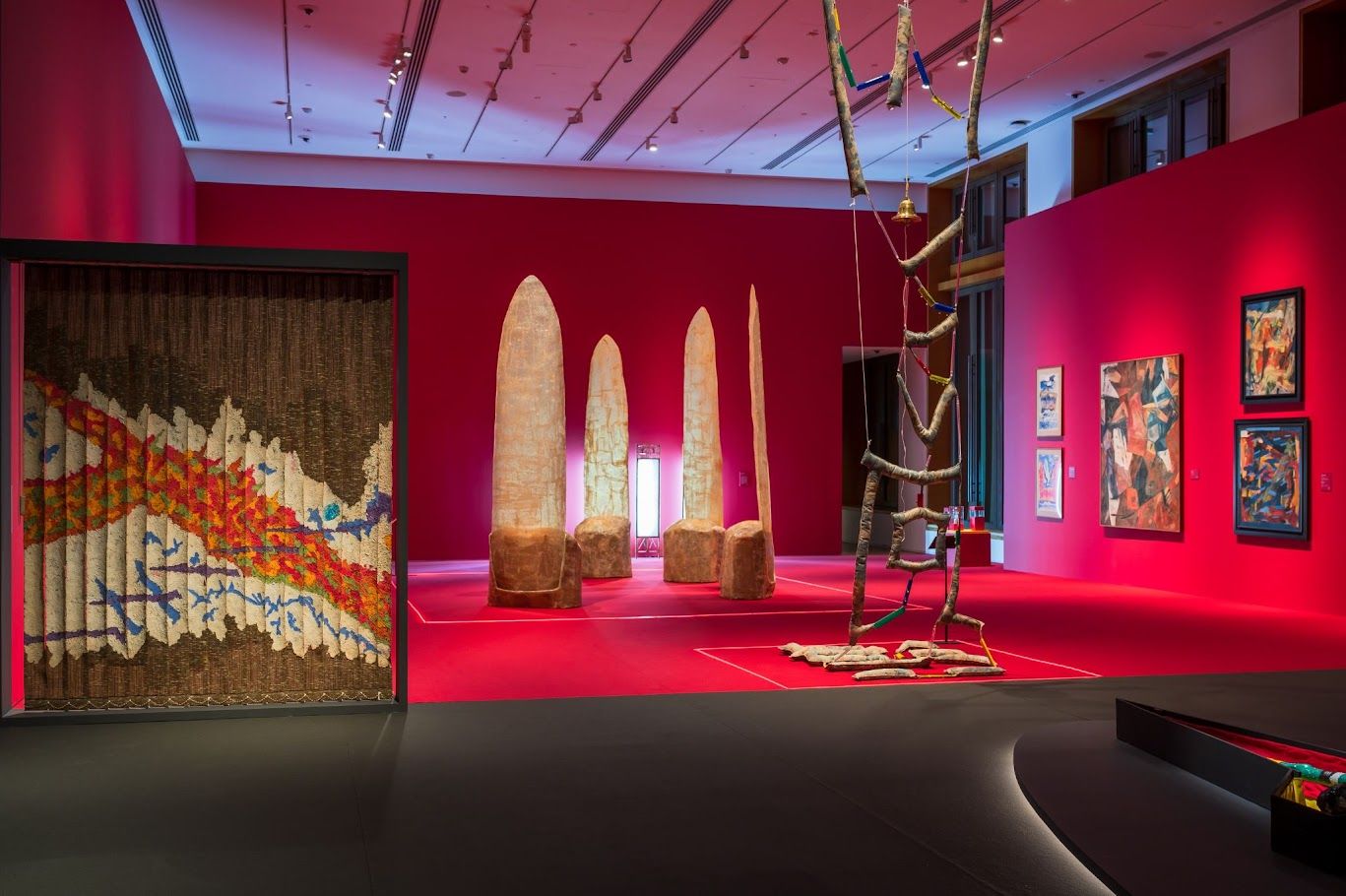
Until Feb. 2 next year, visitors can look forward to close to 70 artworks from Teo, a key figure in developing, advocating, and nurturing Singapore’s arts scene. In recognition of his contributions to the local arts, Teo was conferred the Cultural Medallion, Singapore’s highest arts accolade, in 1986. As an art teacher, Teo encouraged his students to find their creative voices by using contemporary art to respond to social issues. This is reflected in his practice, where he continued to develop and expand his multidisciplinary practice while imparting technical art skills as he explored different art forms and materials, from sculpture and painting to performance and installation art.
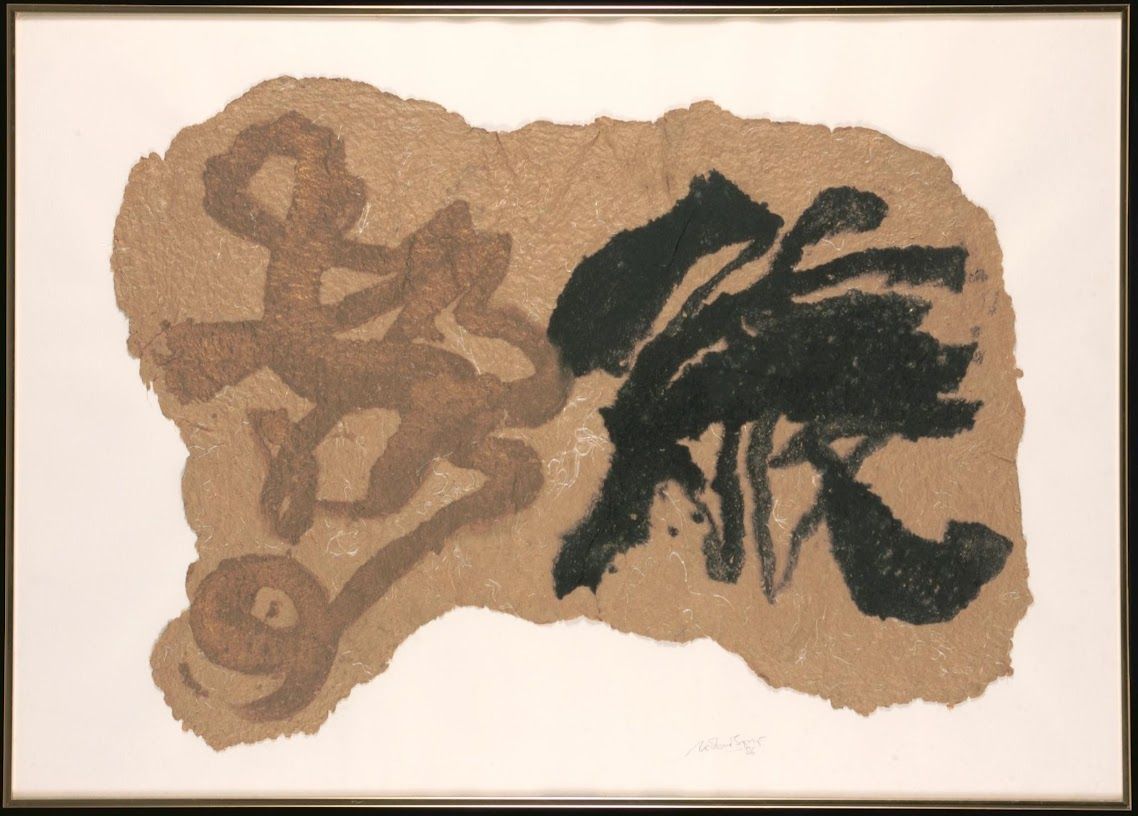
Over seven decades, Teo has continuously explored everyday life through his use of common materials and his commitment to social engagement and change. In the 1980s, Teo invented paperdyesculp, a medium that involves shaping dyed papier-mâché and other materials into sculptural artworks. This versatile medium reflects Teo’s artistic philosophy and belief in creative spontaneity, repurposing everyday items like paper and found objects into collages and assemblages. His practice is defined by a visceral desire to reflect on the complexities of daily life, all infused with humor and kitsch.
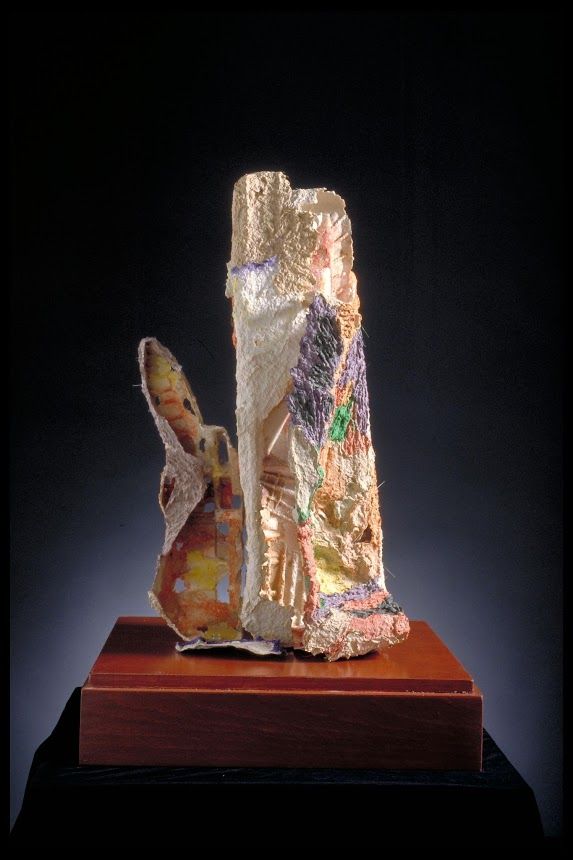

“We are excited to present the works of one of Singapore’s most prolific local artists, Teo Eng Seng, as part of our second instalment of our SG Artist series this year,” says Dr. Eugene Tan, CEO and director of National Gallery Singapore. “Teo is a highly respected artist best known for bringing modern art aesthetics to Singapore’s visual arts scene and creating socially conscious artworks that respond to issues that are still relevant today. We hope that visitors who come to Teo Eng Seng: We’re Happy. Are You Happy? will foster a deeper appreciation for local art and uncover how it can be a bridge to understanding the world around us.”
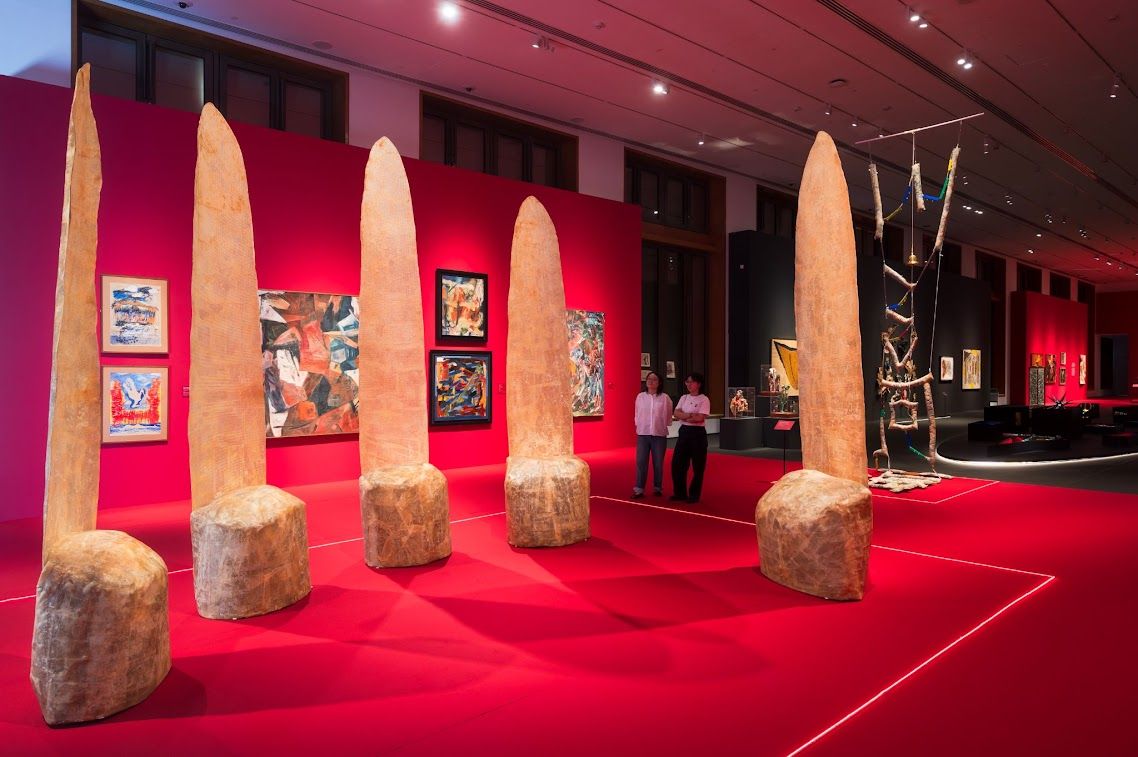
The exhibition features two thematic sections that reflect the guiding philosophies Teo upheld throughout his career: the spirit of innovation and the use of art as both a medium for social engagement and as the message.
The exhibition’s first section, Don’t Try to Read it, See it, Feel it, celebrates Teo for his unique approach to art, where he explores various practices, genres, and movements, transforming them through his formal experimentations. His works, often inspired by things he had seen, heard, or felt, do not depict recognizable objects. Instead, Teo adopts vibrant colors and unexpected forms to create haphazard arrangements, creating visual realms that are integrative of existing genres and movements yet irreverent towards their established norms and practices.
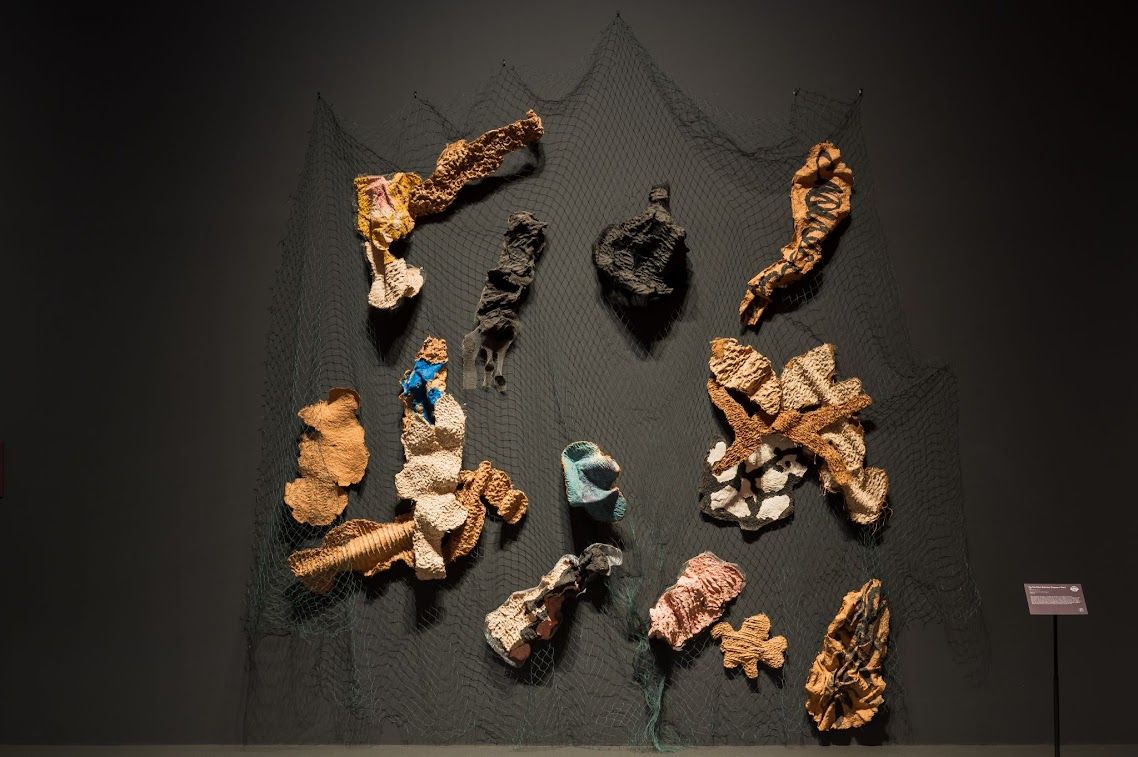
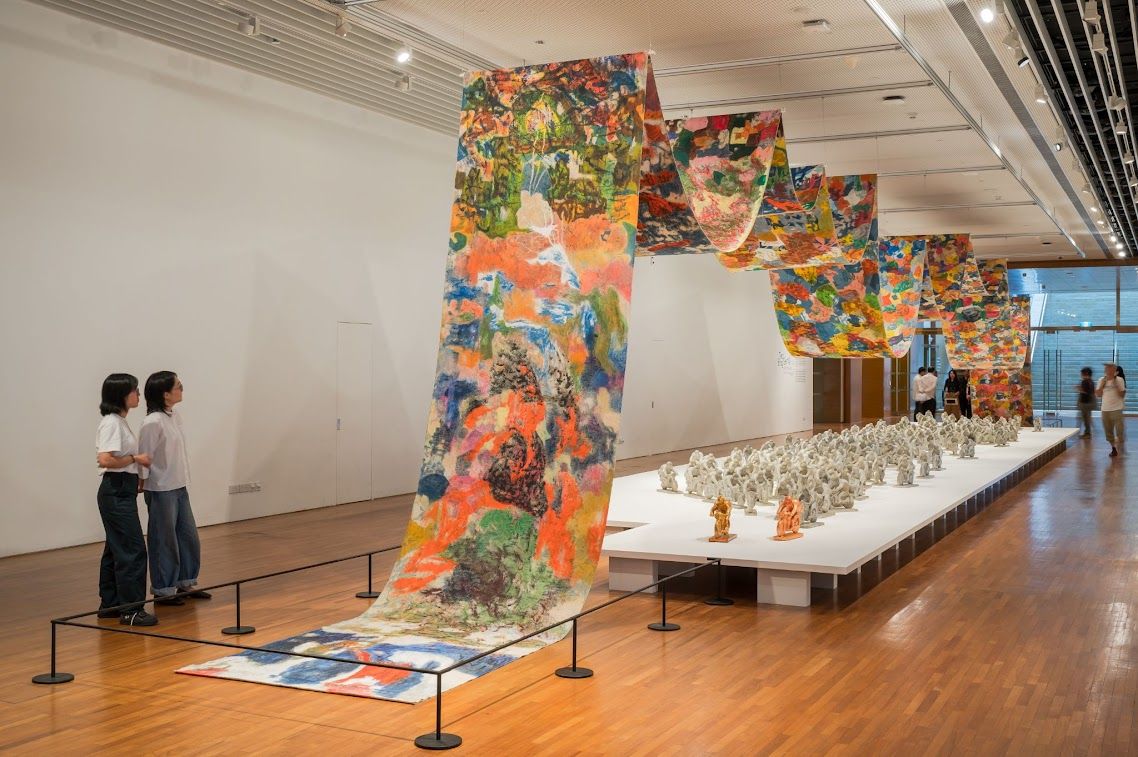
His methods in sculpture and painting are distinctive, evoking memories and feelings from his own experiences. Teo emphasizes spontaneity, adding colors and materials intuitively rather than through rational planning. The exhibition well represents Teo’s exposure to abstraction and abstract expressionism during his studies as an art student in Singapore, London, and Birmingham.
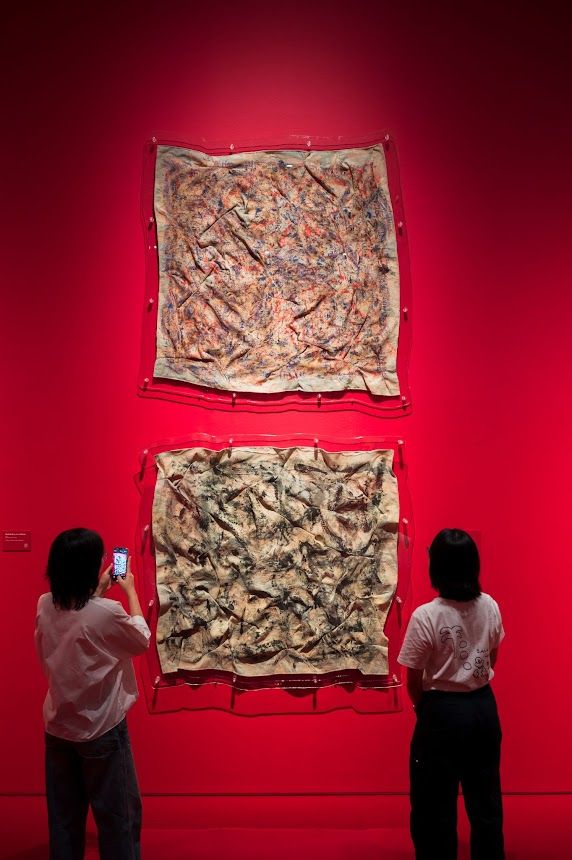
Beyond the gallery spaces, visitors can look forward to a re-creation of the world’s busiest land crossing border at The Spine Hall. Ah Wah and Ah Kiat: Crossing Borders (2001) captures the daily migration of workers between countries worldwide. Closer to home, this work resonates with the Causeway between Singapore and Malaysia as one of the busiest border crossings in the world. More than 200 sculptures of motorcyclists are massed together as a crowd whose monotony is only broken by two golden figurines in their midst, emphasizing their individuality. Teo’s work symbolically honors the everyday worker, showcasing their inherent value and dignity through their labor and contributions to society on both sides of the Johor Strait. nationalgallery.sg